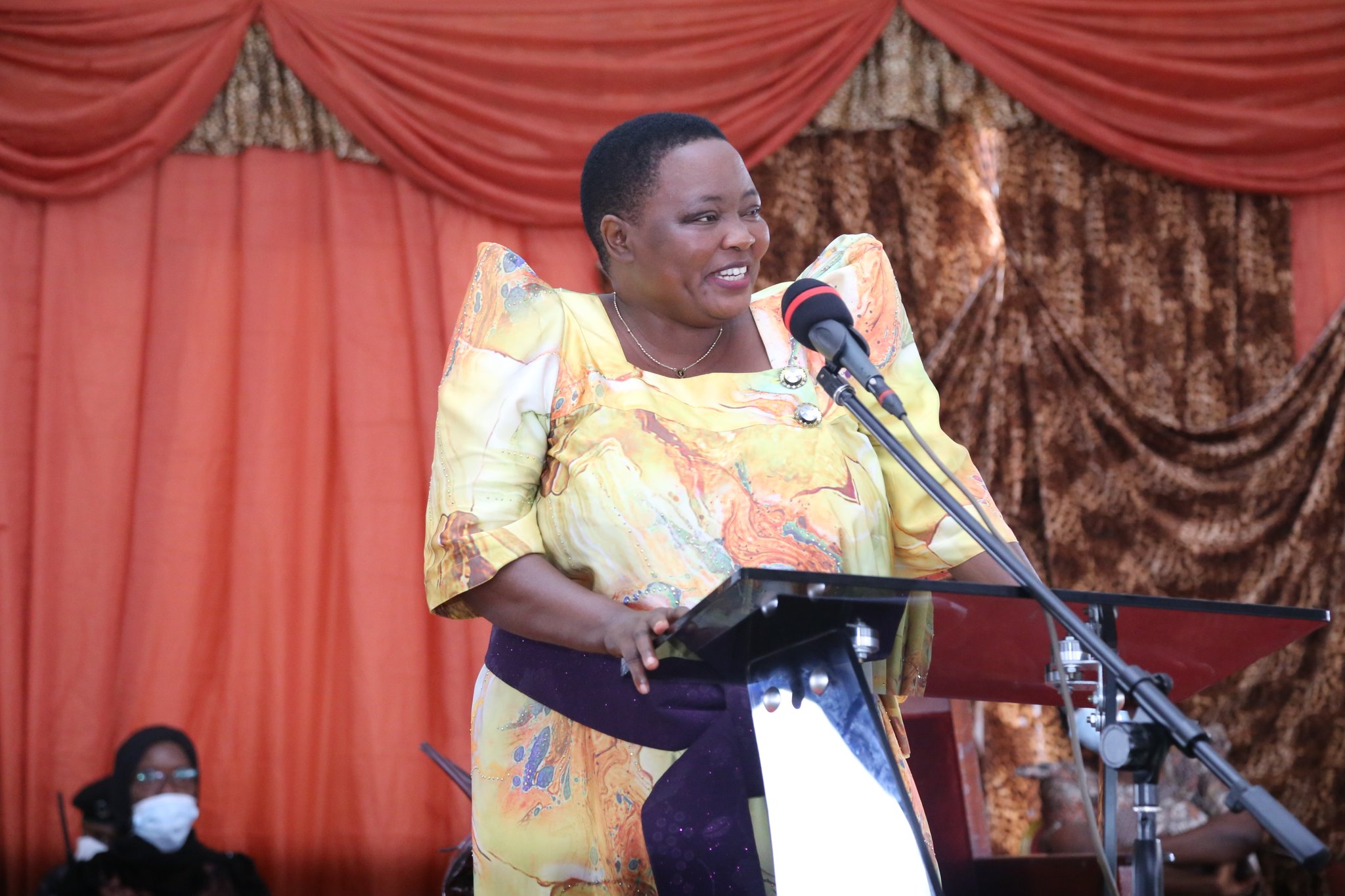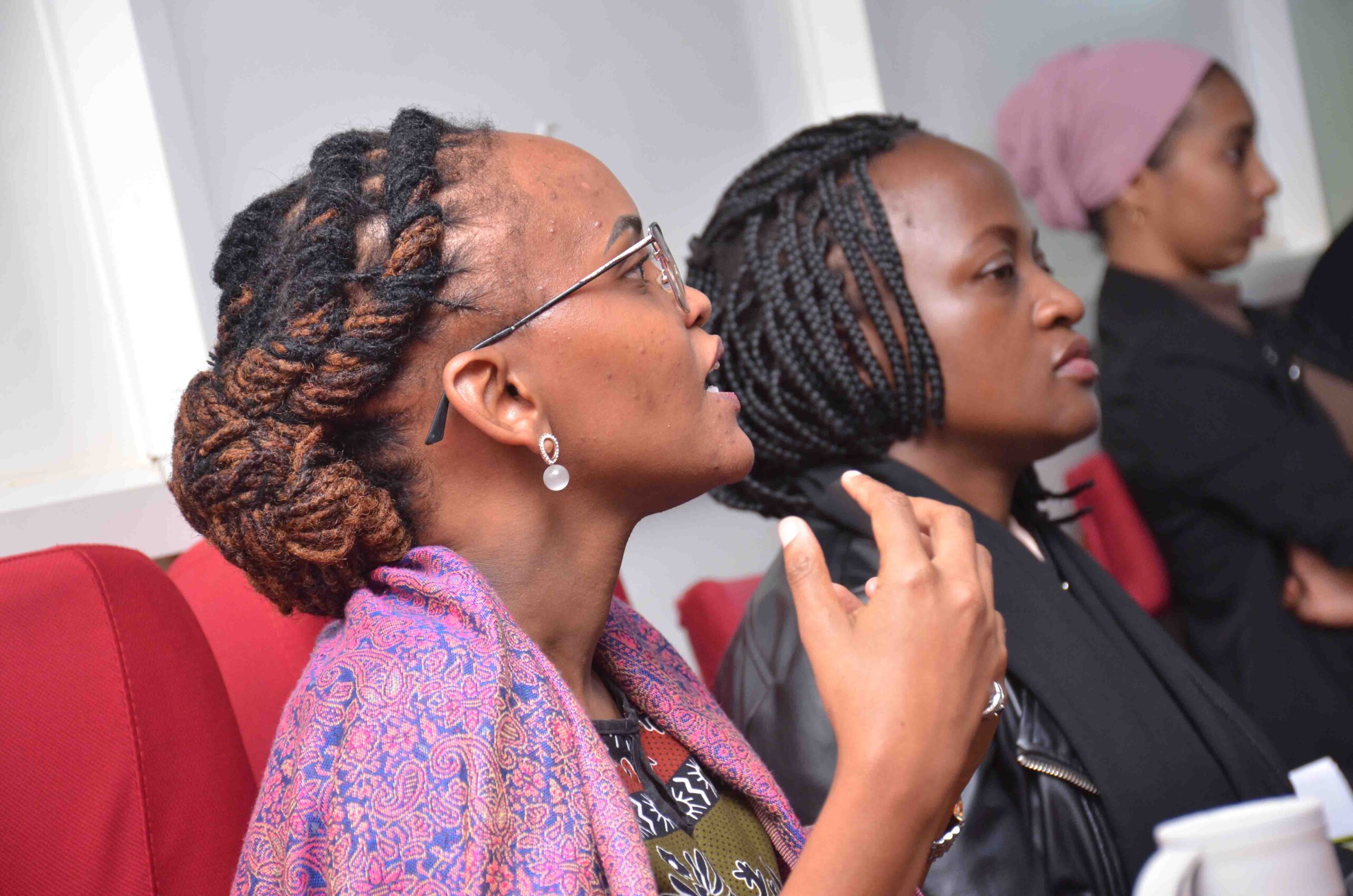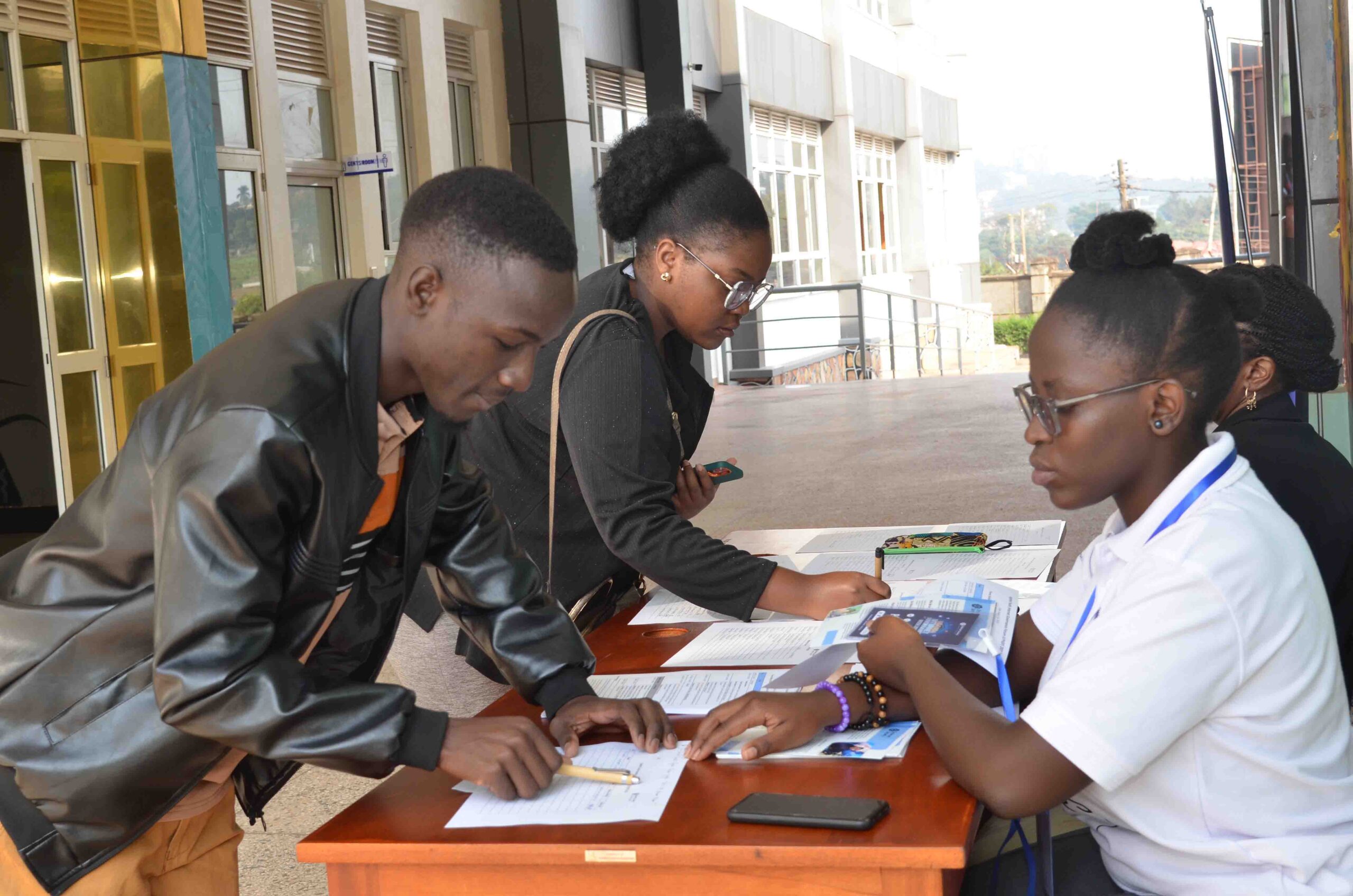Building community GBV survivor networks: Community groups guide.
efiug Survivors of violence in Wakiso making local attires for sale.
Published on Sunday, May 16, 2021 by admin
Introduction:
Survivors of Gender-Based Violence (GBV) often face ongoing challenges that require continuous support and solidarity. By creating a network of support among survivors, you can help each other heal, rebuild, and thrive. This guide offers practical steps for building and maintaining a supportive community for survivors.
Step-by-Step Guide:
- Build a Support Network:
- Identify Trusted Allies:
Start by identifying individuals who are also survivors or allies committed to supporting survivors. This could include friends, family members, community leaders, or professionals. - Create a Safe Space:
Establish a safe, confidential environment where survivors can meet, share their experiences, and offer mutual support. This space could be physical (e.g., a community center) or virtual (e.g., an online group). - Establish Ground Rules:
Agree on ground rules for your support network, such as maintaining confidentiality, respecting each other’s boundaries, and providing non-judgmental support.
- Identify Trusted Allies:
- Share and Listen:
- Encourage Open Communication:
Foster an environment where survivors feel comfortable sharing their stories and challenges. Encourage honesty and openness, but also respect each person’s choice to share only what they are comfortable with. - Practice Active Listening:
When someone shares their experience, listen without interrupting, judging, or offering unsolicited advice. Validate their feelings and let them know they are heard and understood. - Share Coping Strategies:
Exchange practical coping strategies that have helped others in the network. This could include techniques for managing anxiety, rebuilding self-esteem, or navigating legal and medical systems.
- Encourage Open Communication:
- Provide Practical Support:
- Organize Peer Counseling:
Train members of the network in peer counseling techniques, so they can provide emotional support to each other. Peer counseling empowers survivors to help each other heal. - Offer Resource Sharing:
Share information about resources such as legal assistance, healthcare services, job training, and educational opportunities. Pooling resources can provide greater access to necessary support. - Coordinate Mutual Aid:
Organize mutual aid initiatives where members of the network can support each other with practical needs, such as childcare, transportation, or financial assistance.
- Organize Peer Counseling:
- Empower Through Advocacy:
- Encourage Storytelling:
Empower survivors to share their stories with the broader community if they feel comfortable. Storytelling can raise awareness, reduce stigma, and inspire action. - Advocate for Change:
Work together to advocate for policies and practices that support survivors and prevent GBV. This could involve lobbying local authorities, participating in awareness campaigns, or partnering with NGOs. - Support Legal and Social Justice Efforts:
Assist survivors who are seeking justice by providing emotional support during legal proceedings, helping them navigate the system, and advocating for their rights.
- Encourage Storytelling:
Tips:
- Foster Long-Term Relationships:
Building trust and solidarity takes time. Encourage long-term commitment to the support network so that survivors have ongoing access to support. - Promote Self-Care:
Remind survivors of the importance of self-care and encourage them to prioritize their well-being. Self-care is crucial for healing and resilience. - Celebrate Strength and Resilience:
Regularly acknowledge and celebrate the strength and resilience of the survivors in the network. Positive reinforcement can boost self-esteem and encourage continued growth.



